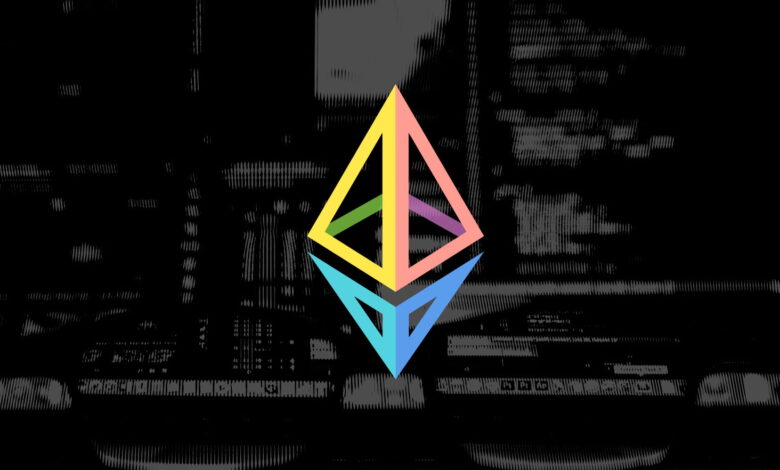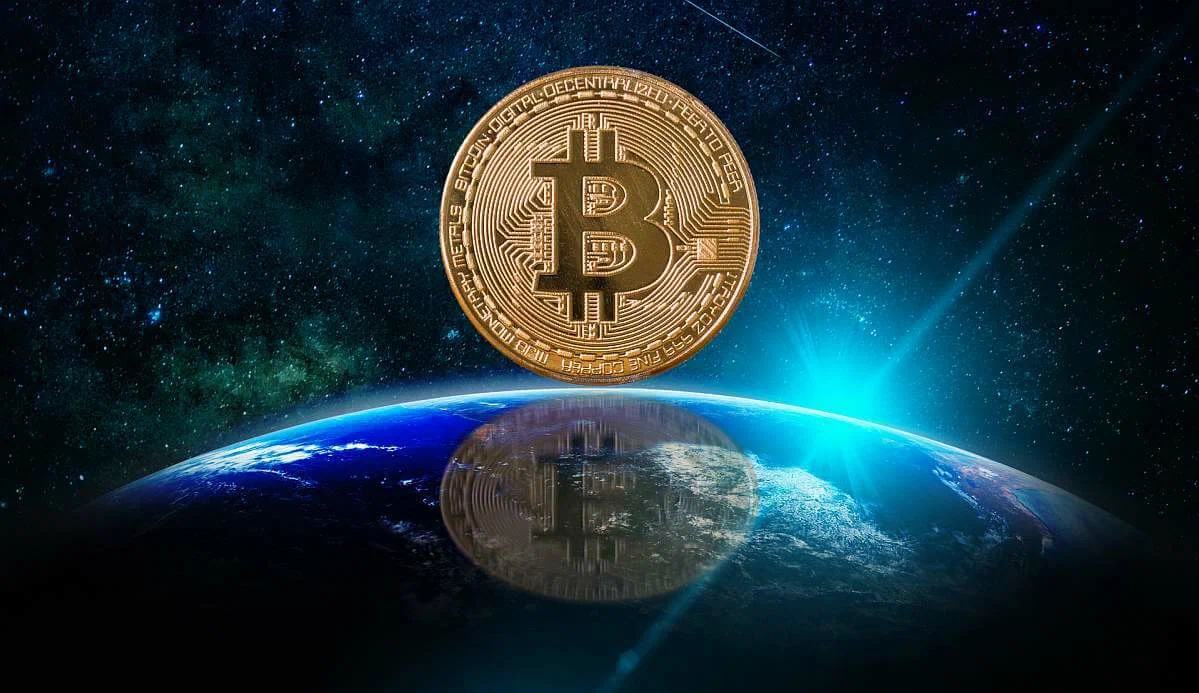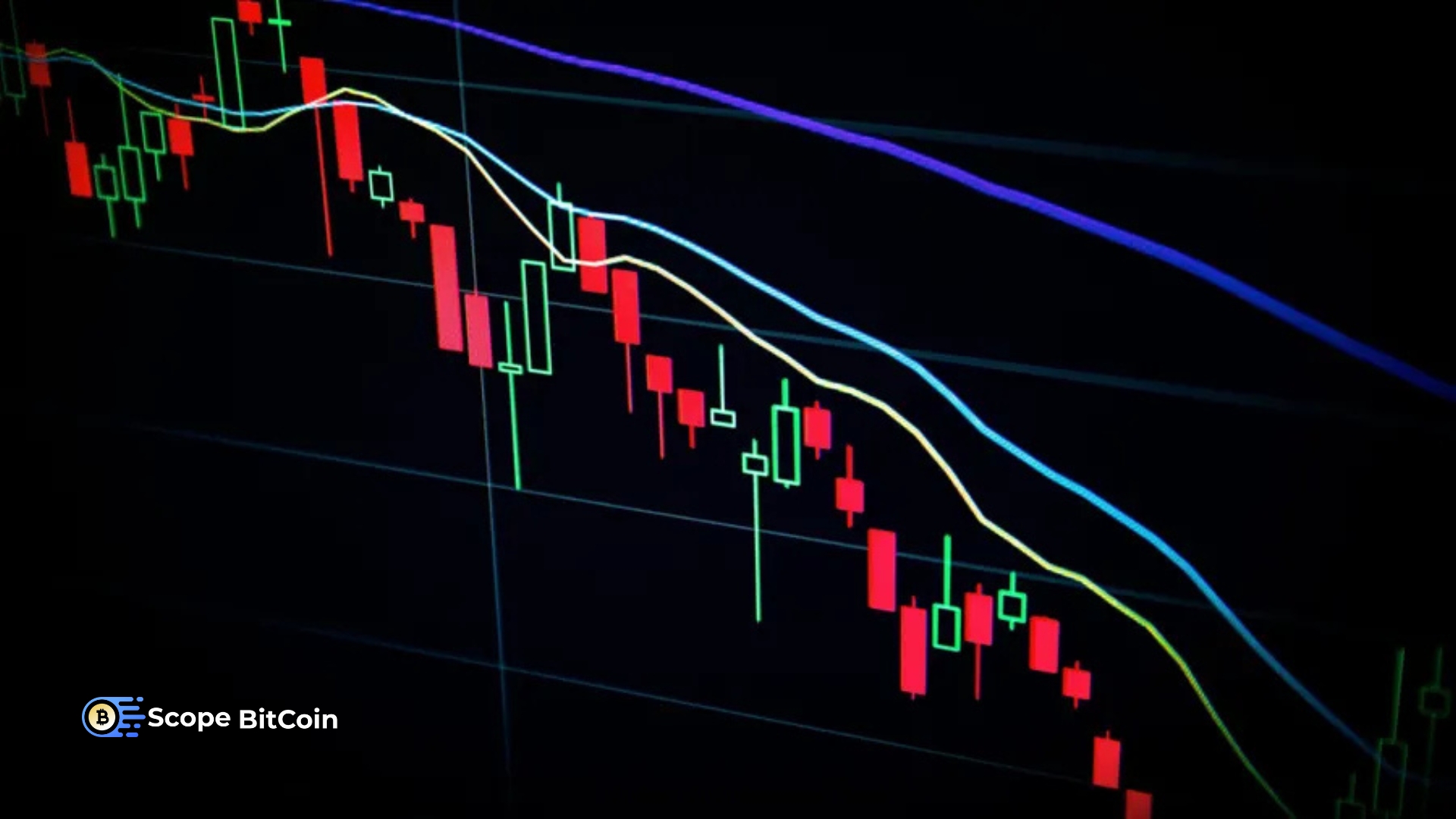
Ethereum Surge Pectra Update Driving ETH to $3000
Ethereum (ETH), the second-largest Cryptocurrency by Market capitalisation, is again attracting investor attention as it approaches the $3,000 milestone. As of May 2025, Ethereum is selling for about $2,592, a reflection of mounting optimism. Network improvements, institutional interest, macroeconomic factors, and ecosystem strength, taken together, drive this current comeback. This paper presents a whole picture for both retail and institutional investors by investigating the key elements that might drive ETH past the psychological $3,000 limit.
Ethereum’s Pectra Update Unveiled
Early 2025’s Pectra update is among the most critical events driving Ethereum ahead. This much-awaited update tracks Ethereum’s significant move to proof-of-stake (PoS) following the Merge in 2022. Pectra presents a set of Ethereum Improvement Proposals (EEIPS, most famously EIP-7251 and EIP-7702, which increase the scalability and efficiency of the network.

EIP-7251 increases the staking limit for validators from 32 ETH to 2,048 ETH, enabling bigger organisations and validators to engage in more effective network security. EIP-7702, meanwhile, greatly increases flexibility for consumers and developers by allowing temporary innovative contract capabilities for externally owned accounts (EOAS). These changes are meant to lower gas costs, speed transaction processing, and generally enhance the Ethereum network user experience.
Ethereum has become more appealing to distributed application (dApp) developers and DeFi protocols. This increasing use of ETH promotes demand for ETH, strengthening the case for more expensive rates.
Institutional Ethereum Adoption
The growing presence of institutional players in the Ethereum ecosystem is another key factor contributing to the positive outlook. Following Ethereum’s transition to PoS, which offers yield through staking, institutions have shown increased interest in ETH as a yield-bearing asset. Additionally, the development of Ethereum-based exchange-traded funds (ETFS), especially in markets like the U.S. and Europe, makes it easier for traditional investors to gain exposure to ETH without direct custody concerns.
This wave of institutional capital is not just speculative. Many large financial institutions are exploring Ethereum for real-world asset tokenisation, cross-border payments, and programmable finance. This utility-driven demand complements the speculative interest and strengthens ETH’s long-term valuation.
Macroeconomic Ethereum Tailwinds
Macroeconomically, Ethereum is seeing tailwinds from a more favourable climate for risk assets. Major economies’ inflation pressures have considerably relaxed in 2025, which will let central banks such as the U.S. Federal Reserve take a less forceful monetary approach. Generally speaking, lower interest rates help speculative and growth-oriented assets, including cryptocurrencies. Notably, the U.S. Federal Reserve and central banks hint at a possible change toward lower interest rates in 2025. The rate reduction probability rises if inflation and economic development slow down. Usually, less attractive bonds and savings accounts are due to lower interest rates, which drives investors to look for higher-yielding substitutes, including cryptocurrency.
Inflation seems to be lowering in industrialised nations, hence lessening the need for forceful monetary tightening. This lower macroeconomic uncertainty usually helps to boost the general market mood, which boosts speculative assets, including cryptocurrencies. Additionally, a more consistent inflation picture could motivate risk-on behaviour among investors.
Furthermore, developments in geopolitical stability and the rising worldwide adoption of digital assets encourage a more predictable legislative environment. Although certain areas still deal with legislative uncertainty, the trend is generally toward clearer frameworks validating crypto assets, especially those like ETH that support prominent and active ecosystems.
Ethereum’s DeFi Dominance
Despite competition from alternative smart contract platforms such as Solana, Avalanche, and Binance Smart Chain, Ethereum dominates the decentralised finance space. As of early 2025, the Ethereum Price accounts for most of the total value locked (TVL) across DeFi, with over $60 billion in assets. The platform’s deep liquidity, mature developer tools, and active user base create high switching costs for users and protocols, reinforcing Ethereum’s competitive moat.

With Ethereum’s Total Value Locked (TVL) in DeFi apps reaching about $98.7 billion as of January 2025, roughly 56.2% of the whole DeFi TVL across all blockchains. Ethereum remains the top platform in terms of TVL, even if this represents a drop from its December 2024 peak of $105.3 billion.
This dominance extends beyond DeFi. Ethereum remains the backbone for NFT projects, gaming applications, and DAOS (Decentralised Autonomous Organisations), creating constant demand for ETH to pay gas fees and interact with contracts. This real-world utility ensures that ETH is not just a speculative asset but also a functional one, which plays a critical role in its long-term valuation.
Final thoughts
Ethereum approaching $3,000 is a real milestone backed by strong foundations, not speculative fiction. While increasing institutional demand and macroeconomic tailwinds are supporting favorable market dynamics, the Pectra upgrade enhances the network’s technical capability. Ethereum is positioned to recover and surpass the $3,000 mark if it keeps expanding on these advancements, free from significant obstacles like stringent laws or unanticipated security concerns.
Ethereum’s important role in blockchain-based banking, identification, and innovation is becoming increasingly ingrained as the digital asset scene develops. Understanding the fundamental causes of Ethereum’s movement will help investors who observe the charts make wise judgments in a fast-changing market.







